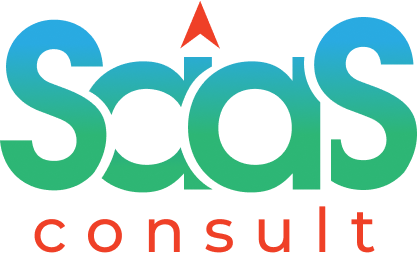What is sales funnel
The sales funnel, also known as the purchase funnel or sales pipeline, is a visual representation of the customer journey from the initial stage of awareness to the final stage of making a purchase. It illustrates the different stages a prospect goes through before becoming a customer. Here are the typical stages of a sales funnel:
1. Awareness: At the top of the funnel, prospects become aware of your brand, product, or service through various marketing channels such as social media, content marketing, advertising, or word-of-mouth. The goal is to attract a wide audience and generate interest.
2. Interest: In this stage, prospects show interest by engaging with your content, signing up for newsletters, attending webinars, or following your social media accounts. The focus is on nurturing these leads and providing valuable information to build trust and credibility.
3. Consideration: At this stage, prospects are actively evaluating their options and considering your product or service as a solution to their needs. They may compare features, read reviews, or request demos. The goal is to provide targeted information and personalized communication to address their specific needs.
4. Decision: In the decision stage, prospects are ready to make a purchase decision. They may request a quote, negotiate terms, or seek clarification on pricing and implementation. The focus is on providing support and overcoming any remaining objections to help them make the final decision.
5. Action: The last stage of the funnel is the action stage, where prospects convert into paying customers by making a purchase or signing a contract. This could involve online transactions, signing up for a subscription, or closing a deal with a sales representative.
It’s important to note that not all prospects will move smoothly through each stage of the funnel. Some may drop off at various points, and that’s why the funnel narrows as you move down. However, the goal is to optimize the funnel by continuously improving lead conversion rates, reducing drop-off rates, and increasing customer acquisition.
By understanding the sales funnel and analyzing key metrics at each stage, such as conversion rates, average deal size, and sales cycle length, businesses can identify areas of improvement, optimize their sales and marketing efforts, and ultimately drive revenue growth.

